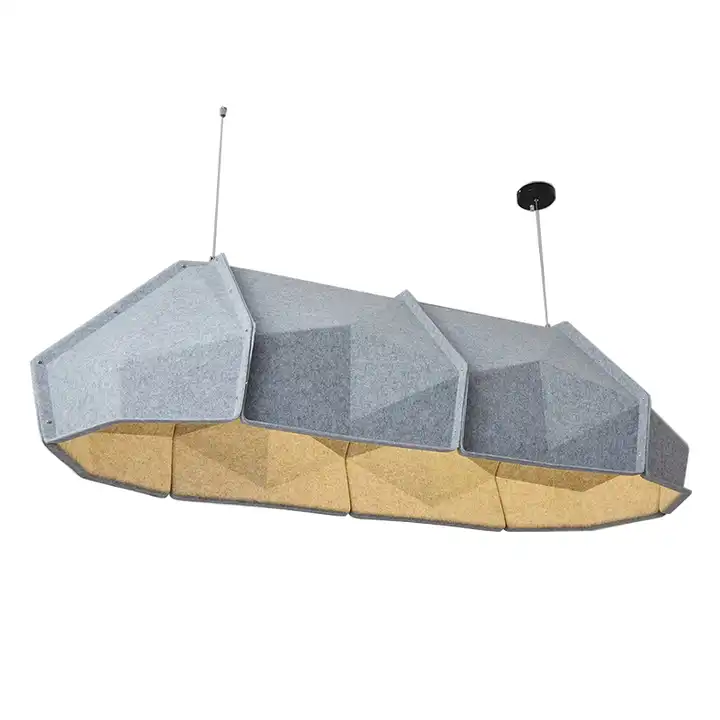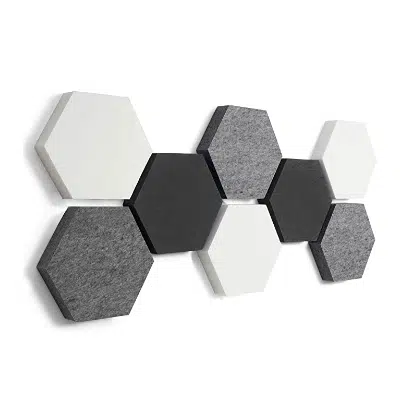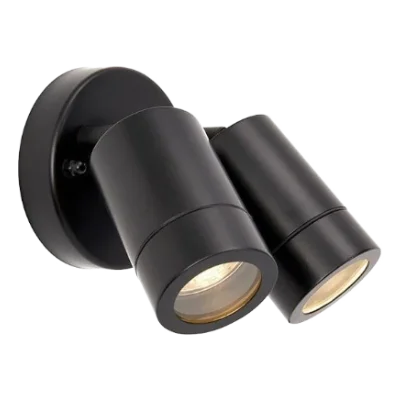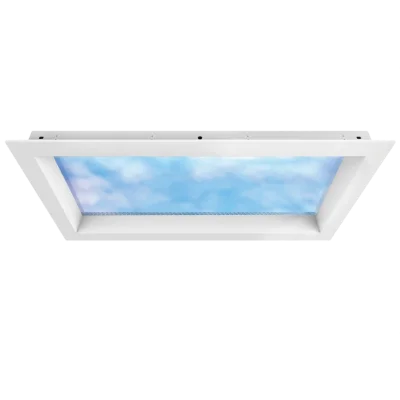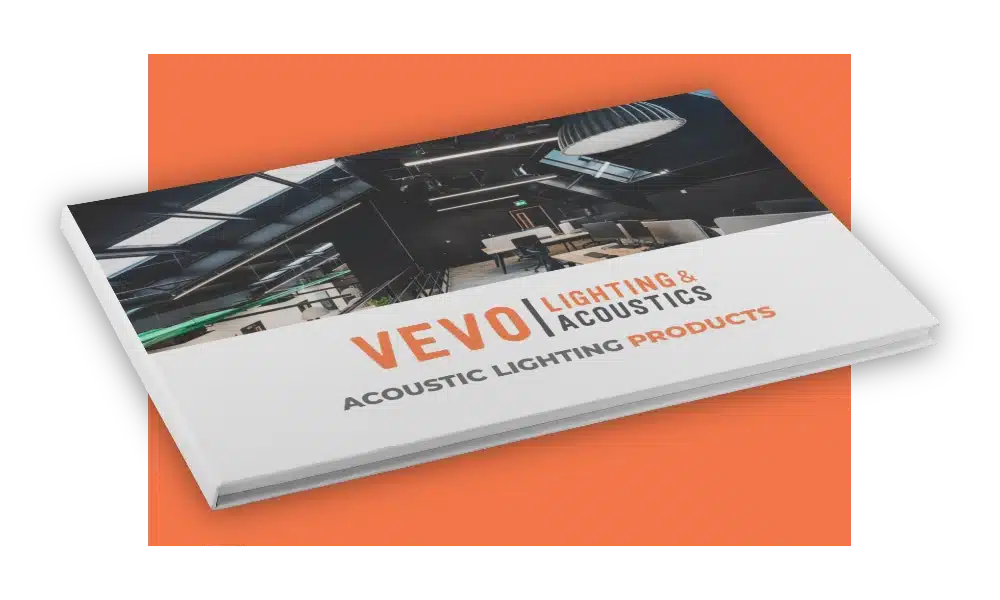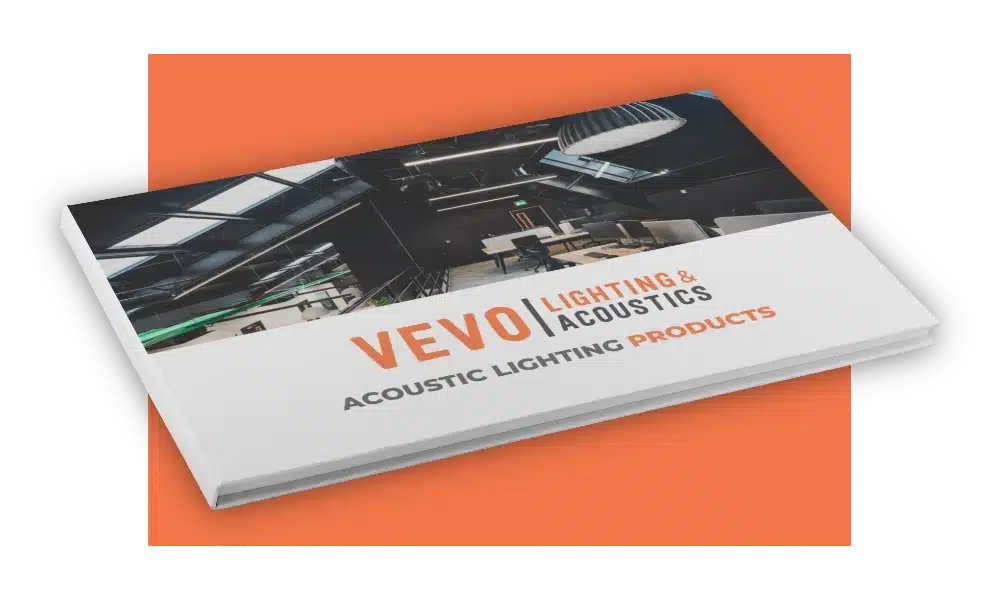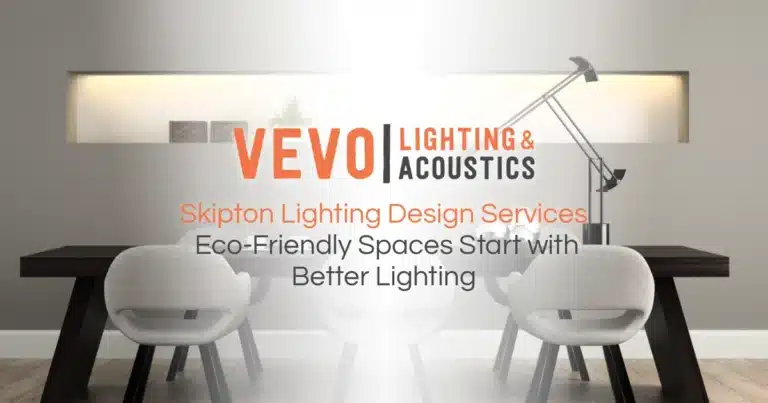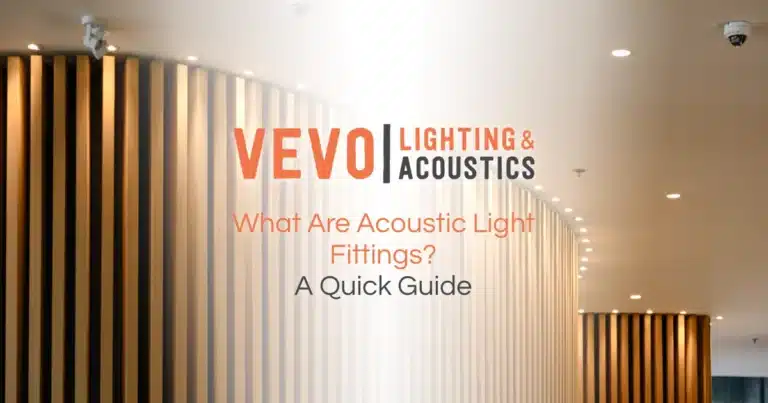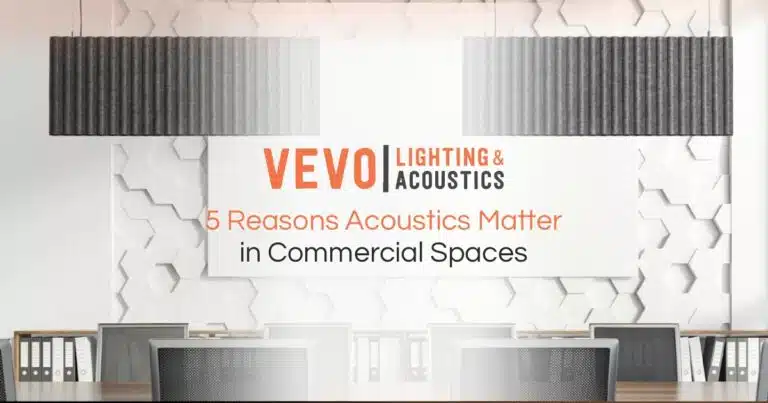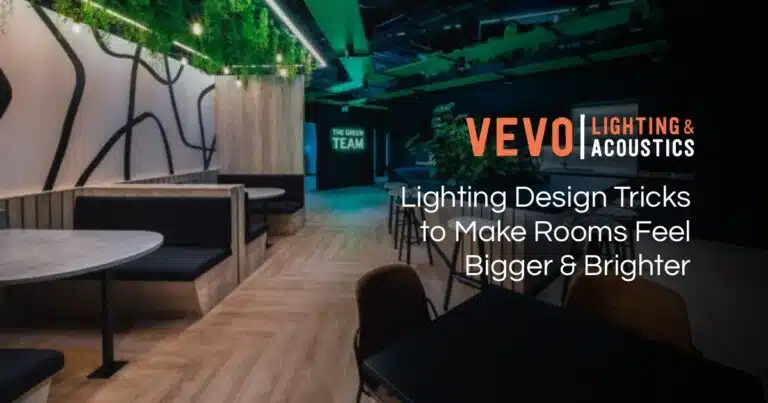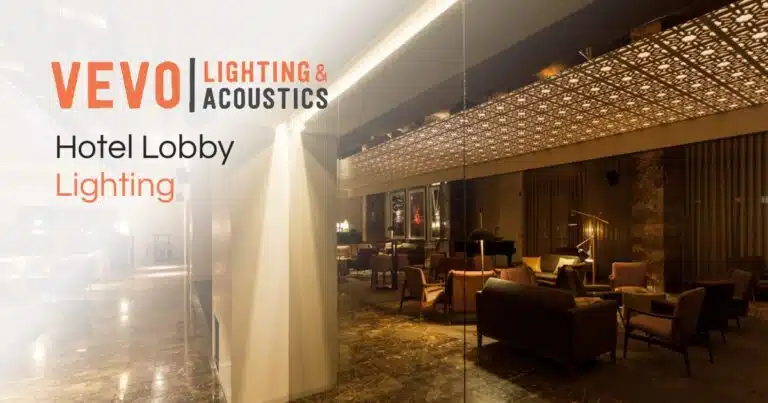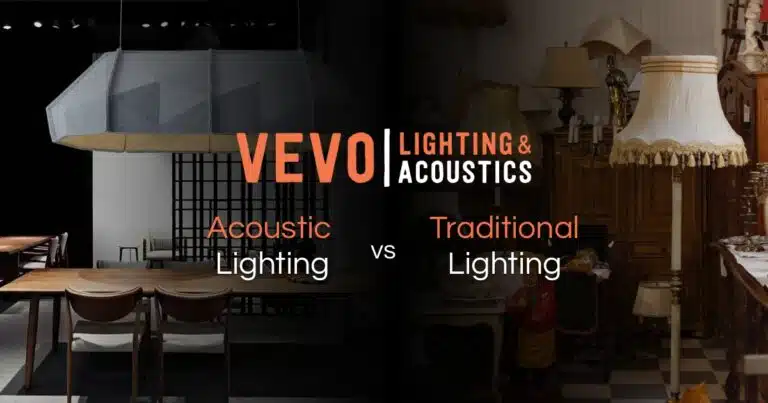Acoustic panels play a crucial role in enhancing sound quality in various settings, from professional recording studios and home theatres to offices and conference rooms. Properly chosen and strategically placed acoustic panels can reduce echo, minimise outside noise, and create an acoustically balanced environment. With a wide range of materials, styles, and functionalities available, selecting the perfect acoustic panels requires careful consideration of several factors. This guide will help you make an informed decision.
1. Identify Your Acoustic Needs
Before investing in acoustic panels, it’s essential to define your primary sound treatment objectives. Are you looking to:
- Reduce reverberation and echo?
- Minimise external noise disturbances?
- Improve speech clarity in an office or conference room?
- Enhance sound quality in a music studio or home theatre?
Each objective may require a different type of acoustic panel. For instance, if your main goal is to reduce echo in a large room, high-absorption panels will be most effective. On the other hand, if you need better sound diffusion to create a more balanced acoustic environment, specialised diffusion panels might be necessary.
2. Consider Panel Material and Type
Acoustic panels come in various materials, each offering distinct absorption and diffusion characteristics. Understanding these differences can help you choose the best option for your space.
Foam Panels
- Made from lightweight polyurethane foam.
- Cost-effective and easy to install.
- Ideal for home studios, small offices, and basic sound treatment needs.
- Effective at absorbing mid-to-high frequency sounds but less effective for low frequencies.
Fabric-Wrapped Fibreglass Panels
- Constructed with a dense fibreglass core wrapped in fabric.
- Highly efficient at absorbing mid-to-high frequencies.
- Available in a range of colours and designs to suit different aesthetics.
- Commonly used in professional studios, offices, and public spaces where both acoustic performance and appearance matter.
Wooden Acoustic Panels
- Feature a combination of absorption and diffusion properties.
- Suitable for high-end recording studios, theatres, and performance spaces.
- Can enhance both acoustics and visual appeal with elegant wood finishes.
Perforated and Slatted Panels
- Made of perforated wood, metal, or MDF with sound-absorbing materials behind them.
- Provide a balance of absorption and diffusion.
- Ideal for auditoriums, restaurants, and artistic spaces where both functionality and aesthetics are important.
3. Determine Placement and Coverage
The effectiveness of acoustic panels largely depends on their placement. Strategic positioning ensures optimal sound control and maximises their impact.
- First Reflection Points: Placing panels at the first reflection points (where sound waves first bounce off walls) helps minimise echo and improve clarity.
- Ceiling Installation: Useful for open offices, large conference rooms, and restaurants where noise control is essential.
- Behind Speakers and Monitors: Ideal for recording studios and home theatres to prevent sound waves from bouncing off walls and causing distortion.
- Corners for Bass Traps: If you’re dealing with excessive low-frequency buildup, bass traps (a specialised type of acoustic panel) should be placed in room corners.
It’s also important to ensure adequate coverage. A general rule is that covering at least 20-30% of the room’s surface area with acoustic treatment can significantly improve sound quality.
4. Match Aesthetic Preferences
Modern acoustic panels are designed to be both functional and visually appealing. Many options come in different colours, textures, and patterns to match various interior styles.
- Choose neutral tones for a subtle, professional look in offices and conference rooms.
- Opt for bold colours or custom-printed panels to add personality to creative spaces and studios.
- Use wooden panels for a sophisticated and elegant finish in high-end environments.
With advancements in design, you can find acoustic panels that blend seamlessly with décor while effectively managing sound.
5. Factor in Fire and Safety Ratings
If you plan to install acoustic panels in a commercial, public, or shared residential setting, ensuring compliance with fire safety regulations is essential.
- Look for panels with fire-resistant certifications such as EN 13501-1.
- Verify that materials used are non-toxic and meet indoor air quality standards.
- Inquire about additional safety features, such as moisture resistance for humid environments.
6. Budget and Customisation Options
Acoustic panels come in a variety of price ranges, from budget-friendly foam panels to premium custom-built solutions. When planning your budget, consider:
- Performance vs. Cost: Higher-density materials and fabric-wrapped panels offer better performance but may cost more.
- Customisation Needs: If you require specific colours, sizes, or branding elements, customised panels may be necessary.
- Long-Term Investment: Quality acoustic panels provide long-term benefits, making them a worthwhile investment for professional and personal spaces.
Some suppliers offer bulk discounts, installation services, and consultation options to help you optimise your purchase.
Final Thoughts
Choosing the perfect acoustic panels involves a thorough understanding of your sound treatment goals, selecting the right materials, and ensuring proper placement. Whether you’re designing a professional recording studio, improving office acoustics, or creating a comfortable home theatre, well-chosen acoustic panels can significantly enhance the auditory experience.
For expert guidance and high-quality acoustic solutions, explore VEVO Lighting & Acoustics‘ premium range of acoustic panels. Their diverse selection ensures you find the perfect fit for your needs, whether it’s functionality, aesthetics, or budget considerations. With the right acoustic panels, you can create a sound-optimised environment that enhances comfort, productivity, and listening enjoyment.


